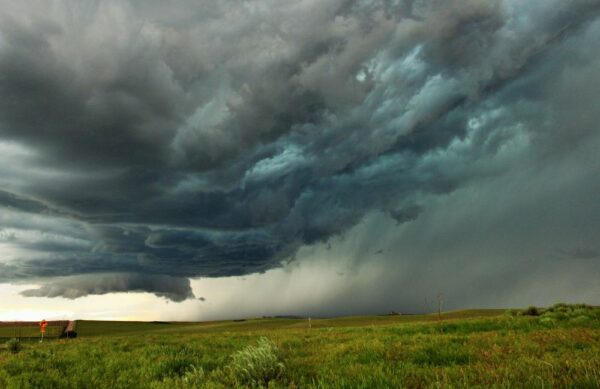Air Quality Index & PM2.5
This guidance is designed to aid local agencies in reporting air quality using the Air Quality Index (AQI) according to the EPA guidelines. PM2.5 particles insights included.
City A
City B
Insight In this Dashboard
severity - 4 extreme
Air Quality – Hazardous [301 – 500]
Health warnings of emergency conditions. The entire population is more likely to be affected.
severity - 0 unknown
Air Quality – Moderate [51 – 100]
Air quality is acceptable; however, for some pollutants there may be a moderate health concern for a very small number of people who are unusually sensitive to air pollution.
severity - 3 sever
Air Quality – Unhealthy [151 – 200]
Everyone may begin to experience health effects; members of sensitive groups may experience more serious health effects.
severity - 3 sever
Air Quality – Very Unhealthy [201 – 300]
Health alert: everyone may experience more serious health effects.
severity - 4 extreme
PM2.5 – Hazardous [> 250]
Health warnings of emergency conditions. The entire population is more likely to be affected. Everyone: Avoid all physical activity outdoors. Sensitive groups: Remain indoors and keep activity levels low. Follow tips for keeping particle levels low indoors.
severity - 0 unknown
PM2.5 – Moderate [12 – 35]
Air quality is acceptable; however, for some pollutants there may be a moderate health concern for a very small number of people who are unusually sensitive to air pollution. Unusually sensitive people: Consider reducing prolonged or heavy exertion. Watch for symptoms such as coughing or shortness of breath. These are signs to take it easier. Everyone else: It’s a good day to be active outside.
severity - 2 moderate
PM2.5 – Unhealthy [55 – 150]
Everyone may begin to experience health effects; members of sensitive groups may experience more serious health effects. Sensitive groups: Avoid prolonged or heavy exertion. Move activities indoors or reschedule to a time when the air quality is better. Everyone else: Reduce prolonged or heavy exertion. Take more breaks during all outdoor activities.
severity - 3 sever
PM2.5 – Very Unhealthy [150 – 250]
Health alert: everyone may experience more serious health effects. Sensitive groups: Avoid all physical activity outdoors. Move activities indoors or reschedule to a time when air quality is better. Everyone else: Avoid prolonged or heavy exertion. Consider moving activities indoors or rescheduling to a time when air quality is better.
severity - 1 minor
Air Quality – Unhealthy For Sensitive Groups [101 – 150]
Although general public is not likely to be affected at this AQI range, people with lung disease, older adults and children are at a greater risk from exposure to ozone, whereas persons with heart and lung disease, older adults and children are at greater risk from the presence of particles in the air.
severity - 1 minor
PM2.5 – Unhealthy For Sensitive Groups [35 – 55]
Although general public is not likely to be affected at this AQI range, people with lung disease, older adults and children are at a greater risk from exposure to ozone, whereas persons with heart and lung disease, older adults and children are at greater risk from the presence of particles in the air. Sensitive groups: Reduce prolonged or heavy exertion. It’s OK to be active outside, but take more breaks and do less intense activities. Watch for symptoms such as coughing or shortness of breath. People with asthma should follow their asthma action plans and keep quick relief medicine handy. If you have heart disease: Symptoms such as palpitations, shortness of breath, or unusual fatigue may indicate a serious problem. If you have any of these, contact your heath care provider.

